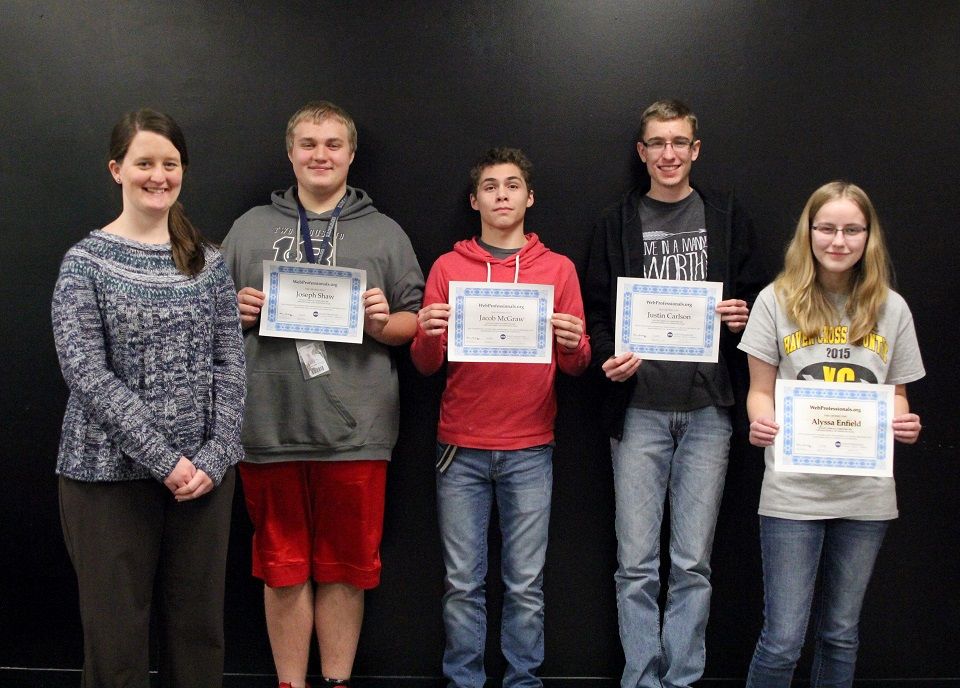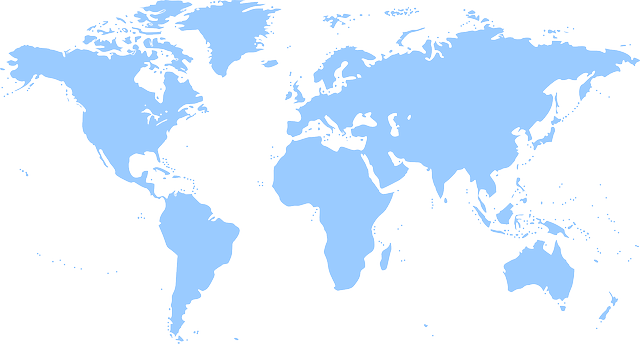Blog
Teacher Interview – Transitioning to Remote Teaching in the Midst of COVID-19
With COVID-19 disrupting how school districts around the country operate, teachers and administrators are searching for alternative teaching and learning methods to ensure students don’t lose progress made so far this year and build momentum going into next school year and beyond. By using online courses, one teacher in North Sioux City, SD was able to effortlessly transition to remote teaching his classes, keeping students on track and engaged from their own homes.
When Jeff V. of Dakota Valley High School began to realize that COVID-19 was going to halt the rest of the school year in the traditional classroom, he didn’t panic. Jeff’s students were already learning from online STEM curriculum powered by CTeLearning, so he knew that his students wouldn’t miss a beat. With courses that can be taught and learned from anywhere—with just an internet connection and a PC, Mac or Chromebook— Jeff was sure his students could continue learning from their own homes . In fact, Jeff had one section that needed an online class , so he called CTeLearning and they added a new course that was available to his students the very next day.
Jeff has been teaching career and technical education (CTE) for 27 years, and he has seen how subject matter has changed dramatically in that time. One of the first classes he taught was keyboarding, and today he teaches Web Technologies (Web Games, Apps and Sites) , Web Design and Development , Web and Computer Animation , and Coding and 3D Video Game Design . Although different from his early days of teaching, Jeff has had no problems getting his class set up to continue the school year from home with digital courses .
Making Remote Teaching Easy
Jeff commented on how easy it is to use CTeLearning courses and ask for course tweaks to better suit his class while remote teaching: “Once a class is set up I can ask for a change if needed. That’s been nice, because with virtual learning the way teachers teach and the way students learn has changed. I can guide each of my students through the courses as slow or as fast as I want, as each student learns at a different speed. I don’t have to implement a one-size fits all curriculum and hope that everyone can keep up at the same pace. I have kids that really ‘get it,’ and I don’t want to slow them down. With CTe’s courses, they can keep learning at their own pace, and I can jump in to help if needed.”
Jeff’s students love using these interactive online courses that are packed with games and videos to facilitate learning. They can continue to grow in STEM subjects from the comfort of their own home or kitchen table in a hybrid learning setting, instead of watching a teacher lecture from a PowerPoint or whiteboard in the classroom. Several courses also prepare students to earn optional certification exams administered by a professional association, so they can continue to build their skills and knowledge as well as build a project portfolio for a possible future career path. Courses also teach professional skills such as ethics in the workplace, professionalism and more, so students develop a well-rounded view of what it is like to actually be a successful professional in STEM careers . Jeff’s students have gone from playing video games, browsing websites, and using smartphone apps to actually learning about the technology behind what powers them, and building meaningful projects.
Like so many CTE teachers, Jeff not only has a full teaching schedule during the day, but he also coaches the football team after school. Just like any high school, extracurricular activities like football are a big part of Dakota Valley HS preparing well-rounded students for the future. CTeLearning’s turnkey digital courses will allow Jeff to keep his students on track while also enabling him to be part of the football team. Jeff won’t have a problem balancing virtual teaching and coaching, allowing him to prepare students both in the classroom and on the field.
Jeff says, “The video game design course has encouraged my students who have artistic ability and like video games to realize that there is more to it than just programming, and they can actually pursue this as a career.” He goes on to describe how students have found new passions in working through the courses: “ I always want to be surprised by my students, as you don’t know how well they’re going to like what they’re doing or how well they’re going to fit into it. When they end up excelling in it, the nice thing about this course is I can keep finding more stuff for them to do within the course. And so they’re on project three, where the majority of my kids are still on project one.”
Steve Waddell talks about working with Jeff and his students: “When COVID-19 hit, I remember Jeff calling and saying that he had a prep section he needed online so he could begin remote teaching. It was nice that he was enjoying what he was using from us already, so we were his first call. We talked for just a few minutes and decided on a course that could fill the spring semester. A couple of our team jumped in and we spun the course up and it was ready to go by morning the next day. Frankly, we like having that kind of relationship with our teachers. We work hard at what we do. Just as teaching is the life’s work for our educators, that’s what our curriculum means to us. Every teacher impacts what we do, which is why our teachers have direct contact with our development team. We learn from the teachers who we serve, and we like the feeling of being connected and seeing how our work makes a difference everyday to them and to their students. Our teachers know us and we know them, and honestly it makes what we do more worthwhile.”
Help Your Students Develop New Career Skills Today
CTeLearning courses are easily teachable and can keep your students engaged this summer and next school year. Discover more about how CTeLearning can help you make the transition to virtual teaching and allow your students to learn at their own place, from wherever they would like, even after COVID-19. Check out CTeLearning’s course offerings and schedule a free demo today.
Share To
Get in touch with us today!
You can book a demo directly using Calendly, call us directly at 913-764-4272 or 877-828-1216, or submit the form and we will reach out to you.
We look forward to helping you and your students.

Most Recent Posts






